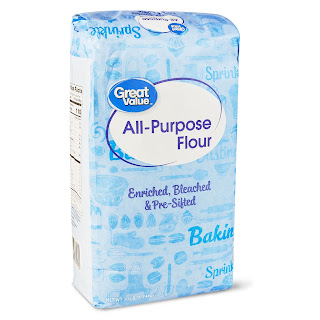Parkinson's disease is a movement disorder that causes involuntary movements and rigidity, as well as abnormal walking and posture. It is caused by an imbalance between two chemicals that transmit signals from the brain, dopamine and acetylcholine. Most cases of Parkinson's disease have no known cause. Doctors understand how the disease affects patients' brains, but they do not know what triggers the degenerative process.
Doctors have been aware for a long time that there is a connection between the bacteria in a person's gut and Parkinson's. But a recent study by researchers from the Helsinki University Hospital in Finland and published in Movement Disorders suggests that high exposure to commonly used oral antibiotics is linked to an increased risk of Parkinson's disease.
The strongest associations were found for macrolides and lincosamides, broad spectrum antibiotics such as erythromycin, and those that act against against anaerobic bacteria and fungi. The study suggests that excessive use of these common antibiotics can predispose someone to Parkinson's disease. This connection may be explained by their disruptive effects on the gut microbial ecosystem.
"The link between antibiotic exposure and Parkinson's disease fits the current view that in a significant proportion of patients the pathology of Parkinson's may originate in the gut, possibly related to microbial changes, years before the onset of typical Parkinson motor symptoms such as slowness, muscle stiffness and shaking of the extremities. It was known that the bacterial composition of the intestine in Parkinson's patients is abnormal, but the cause is unclear. Our results suggest that some commonly used antibiotics, which are known to strongly influence the gut microbiota, could be a predisposing factor," says research team leader, neurologist Filip Scheperjans MD, Ph.D. from the Department of Neurology of Helsinki University Hospital.
People whose had undergone five or more courses of these antibiotics within a single five year period had a 40% greater risk of developing Parkinson's within 10 - 15 years. There is no evidence that the use of probiotic supplements had any effect.
Antibiotics are an important tool in controlling bacterial infections that can be serious or even life threatening. You should not be reluctant to use them if your doctor says they are necessary. But be hesitant to use them for extended periods and don't pressure healthcare providers to prescribe them.

















